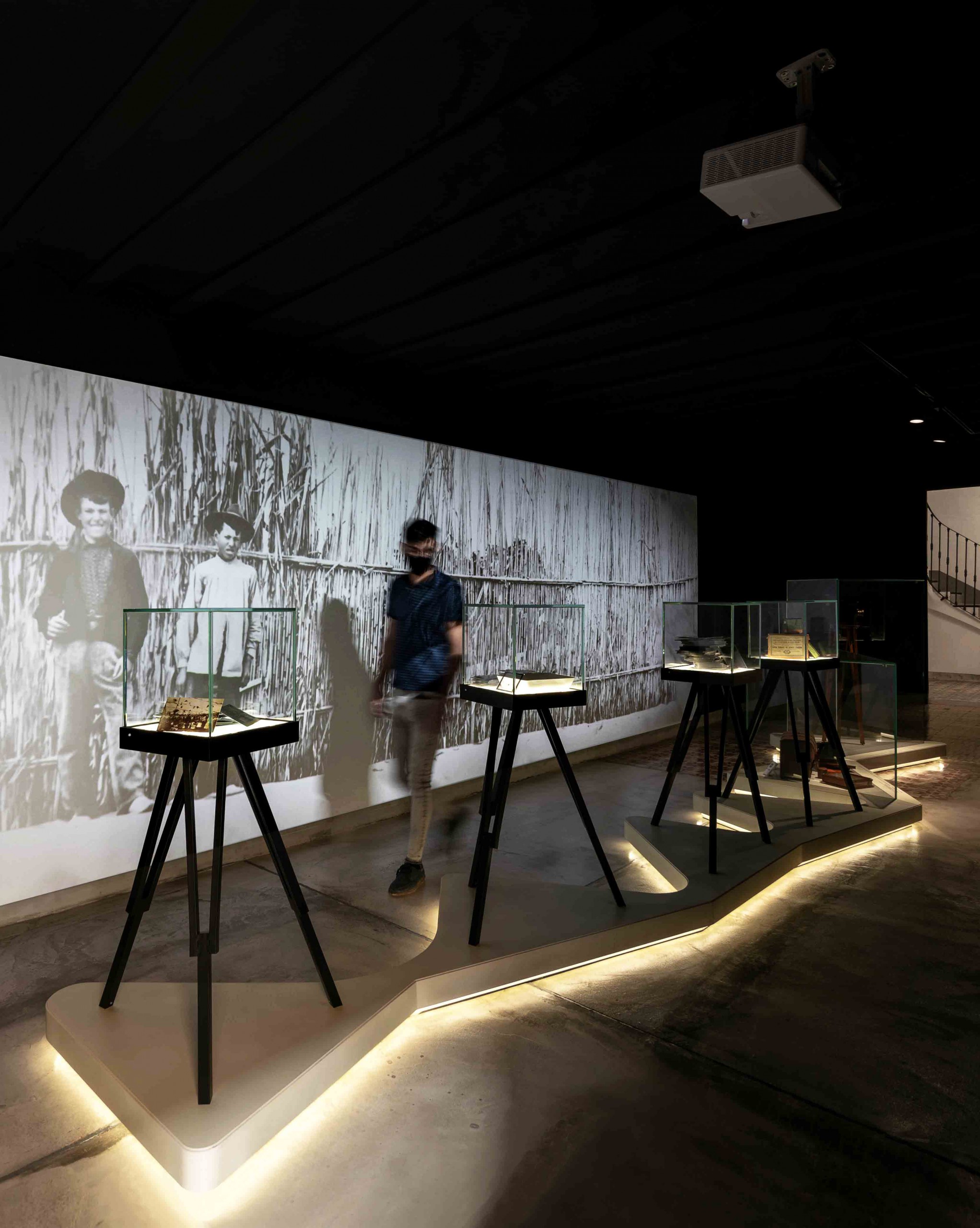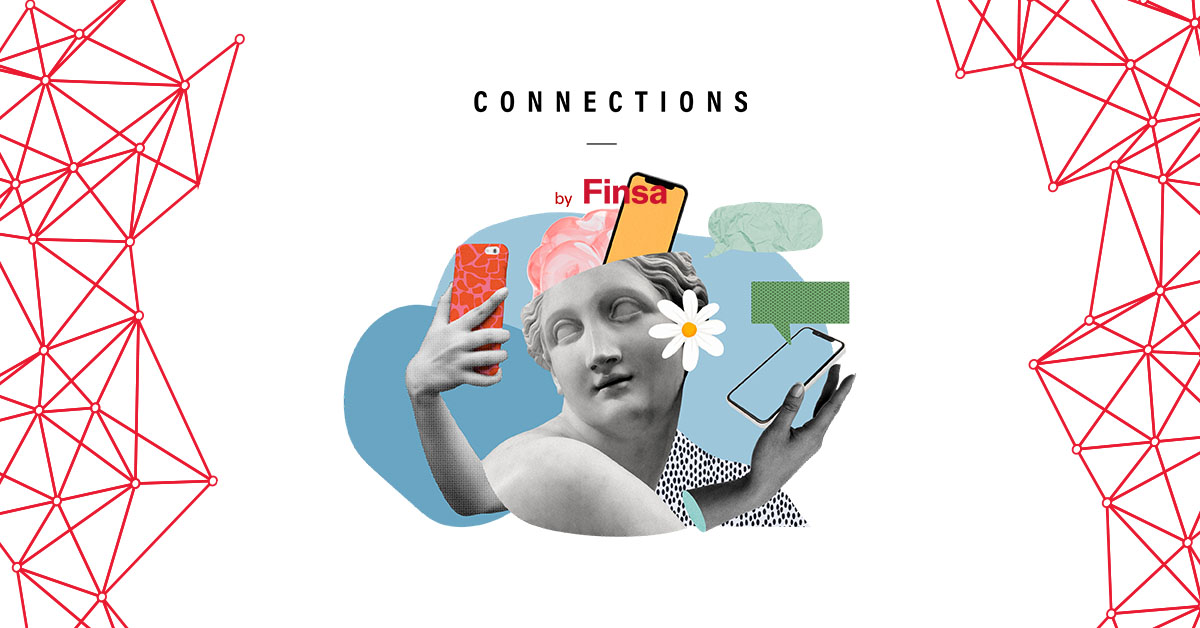The coronavirus crisis saw many cultural spaces close their doors for several months in 2020. Their revival was defined by three factors: social distancing, disinfecting, and digitalisation.
Cinemas and theatres have reduced maximum capacities and leave empty seats between audience members to ensure social distancing is maintained. Concerts now have seats and obligatory entry and exit pathways. There are many different types of cultural spaces and there is no single architectural solution that works for all of them in the wake of covid-19. In this article, we’ve focused on museums and indoor exhibitions, looking at how they’ve adapted to the new normal.

Ángel Rocamora, who specialises in ephemeral architecture and cultural projects, explains that enclosed spaces “where everything that we go to visit is indoors have had to temporarily adapt to make sure visitors are in and out quicker and that crowds don’t build up”. Reducing maximum capacities and making sure that visitors don’t all bunch up in the same areas means exhibitions have become more exclusive. Rocamora also pointed out that there have been some positives that have come out of this crisis: “Museums and exhibitions have become luxury spaces, offering near-private visits that allow you to more freely enjoy what’s on offer. You can now find yourself almost completely alone while standing in front of a painting, compared to ten months ago when you couldn’t get within two metres of it because there were so many people around”.
How have cultural spaces adapted on an archiectural level?
Joel Sanders, a professor at Yale’s School of Architecture, told The New York Times that “the virus wasn’t simply a health crisis; it was also a design problem. Architecture needs to adapt to these new needs”.
Rocamora’s studio is currently working on an international project for a temporary archaeological exhibition. All visits carried out in small groups that have expert guides and are planned ahead of time. “The exhibition has been designed around designated spots where explanations [about the objects on display] will be given. The direction of movement is clearly marked, and you can’t go in the opposite direction. You also can’t wonder around the exhibition space”, he says.
All exhibitions will likely have a clearly marked, one-way path that visitors must follow. These will be linear routes that will need the support of the architecture. “Entry points and areas set aside for explanations and audiovisual displays should be large enough to fit everyone from the one group. Teaching areas, like 3D interactive displays, have been replaced and improved by using other tools, like easy-to-read panels and multi-format learning stations”.

Digitalising cultural spaces
The essential role of digitalising cultural spaces became clear during lockdown. Activity on social media and websites slowly brought physical pieces into the digital world. The most-used format has been virtual tours.
With spaces reopening, technology is everywhere, from electronic entrances to contactless bathrooms. Electronic panels showing educational information have been included in exhibition spaces, as well as audiovisual material.
“We are in the Middle Ages when it comes to digitalisation. We should be more looking for more complex and hybrid formats that will provide visitors with a more complete and enjoyable experience,” notes Rocamora. However, he also showed some optimism: “a really exciting time is ahead of us, where we will discover how this technology can be applied to culture in a practical, incisive, and exciting way”.
Electronic entrance ways, contactless hand sanitiser dispensers, one-way routes, and ventilation are some of the elements that have been incorporated into exhibition design in order to reopen museums and other indoor cultural spaces. But digitalisation and innovative interior design still have a lot of work to do in this new era for cultural spaces.




